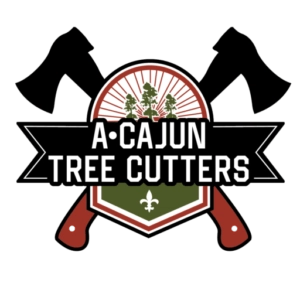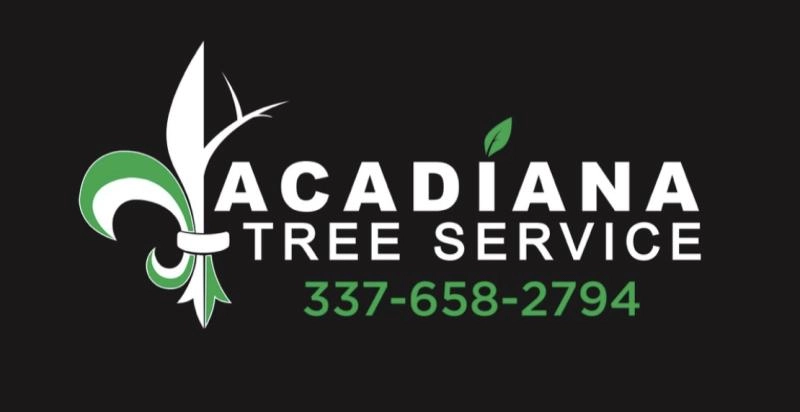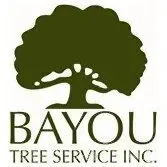How To Choose the Right Lafayette Tree Service
It's important to check for certain criteria when comparing tree removal companies, such as services and licensing. We go over some key factors below.
Vet the Company's Qualifications
Your tree service provider should have insurance to protect both customers and workers. These policies may include workers' compensation, general liability, or professional liability insurance. Be sure that the policy mentions tree work coverage specifically. Otherwise, you may be liable for damage or injury that occurs on your property. There are no mandatory national certification for tree removal. However, a company may have a certified arborist on staff to conduct inspections. Arborists learn proper care, preservation, and maintenance techniques to protect the tree's health. These specialists earn voluntary certifications through the International Society of Arboriculture (ISA). Having a certified arborist on staff is an added benefit, though not required.
Get Quotes From Multiple Companies
We recommend requesting quotes from multiple companies to find the best deals. Compare all aspects of your quote, such as included services, timelines, and service fees.
Confirm the Company Performs Residential Tree Services
We recommend employing a company that specializes in residential tree services. These companies have fewer locally -mandated service restrictions compared to commercial companies, which must follow certain local ordinances.
Request a Tree Risk Assessment
A tree risk assessment (TRA) involves visually inspecting a tree and its branches to determine its likelihood of breaking. This is called tree failure. Assessing tree failure helps service companies decide how best to minimize the danger to workers and property. Speak with your tree removal company and ensure you have a TRA completed before undertaking any work. Certified arborists typically conduct these assessments. Some companies include TRAs with services, while others charge an additional fee.
Ask About Stump Removal
Your tree removal professional will remove stumps from your yard with special equipment or by hand. This is important because unattended stumps will decompose over time and might attract pests or disease. Check with potential companies to verify stump removal is included with their service. Costs range from $65 to $476, with the typical Lafayette homeowner paying roughly $303.
How Much Does It Cost To Remove A Tree?
The cost of tree removal ranges from $295-$1,298, with an average cost of $606. Factors like tree health, tree size and type, and project size can influence the total price. Emergency tree removal costs around $1,558, and you'll incur additional fees if a tree has a higher failure risk or requires additional safety precautions, equipment, or labor. Your provider may charge by the acre instead of per tree if you're having multiple trees removed.
Ready to Get a Quote on Your Tree Project?
Please enter a valid 5-digit zip code!
Frequently Asked Questions About Tree Removal in Lafayette
What are some common tree issues?
How are tree pruning and tree trimming different?
What are some signs that a tree is dangerous?
Do I need to hire a professional for tree removal?
Is it safe to leave a downed tree on my lawn?
To share feedback or ask a question about this article, send a note to our Reviews Team at reviewsteam@thisoldhousereviews.com.













